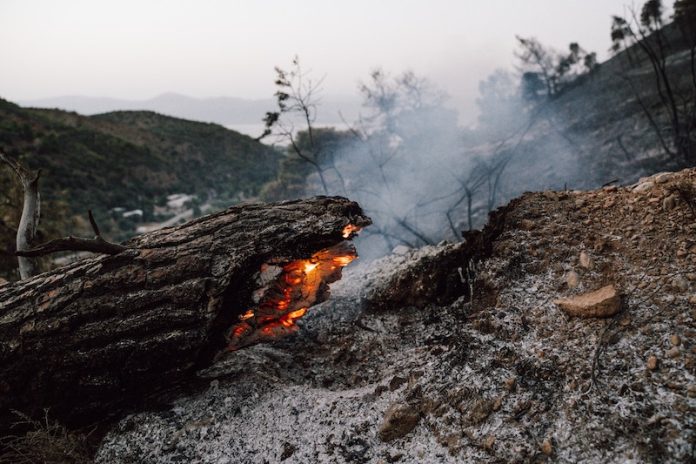
A recent study reveals a concerning link between Canadian wildfire smoke and a surge in asthma-related emergency department visits in New York City.
This research underscores the far-reaching impact of harmful wildfire smoke on the health of people located hundreds of miles away.
As smoke from Canadian wildfires once again descends on the Northeastern United States, residents are urged to take precautions, especially those with respiratory conditions.
Key Findings
This study, featured in the Journal of the American Medical Association, is distinct because it examines the health effects of wildfire smoke on regions far from the wildfires themselves.
The researchers analyzed data from June 2023, during which a smoke wave from Canada led to a significant increase in ambient fine particulate matter (PM2.5) over New York City.
On these days, asthma-related emergency department visits surged to 261 per day across the city, compared to an average of around 182 visits per day in periods before and after the smoke wave. Both PM2.5 pollution and ER visits peaked on June 7.
Impact of PM2.5 Pollution
PM2.5 pollution, known to affect respiratory health, cardiovascular health, birth outcomes, and mental health, was a major concern during this smoke wave.
Lead author Kai Chen, an assistant professor of epidemiology at Yale University School of Public Health, emphasized that people living in regions near wildfires and downwind from them should take wildfire-induced air quality alerts seriously.
Precautions should be akin to those taken for other extreme events such as hurricanes, Chen advised.
Study Details and Implications
The researchers defined a wildfire smoke wave as a period of at least two consecutive days with daily mean PM2.5 levels exceeding a specific threshold (56.8 micrograms per cubic meter).
During the June smoke wave, the daily mean PM2.5 level reached 100.9 micrograms per cubic meter, compared to only 9 micrograms per cubic meter in the reference period.
The study showed that all boroughs of New York City were affected by the smoke wave, impacting all age groups.
However, individuals aged 18 to 64 were most likely to visit the emergency department for asthma-related conditions during this period.
Limitations of the study include its focus on New York City, examination of one acute outcome, and lack of consideration for changes in population activity or movement.
Conclusion and Future Directions
Amid a rising frequency of larger wildfires due to climate change, this study underscores the urgency of effectively communicating strategies to limit wildfire smoke exposure, especially for vulnerable populations.
It highlights the need for comprehensive public health measures to protect individuals from the health risks associated with wildfire smoke, even when they are located far from the source of the wildfires.
If you care about lung health, please read studies about marijuana’s effects on lung health, and why some non-smokers get lung disease and some heavy smokers do not.
For more information about health, please see recent studies that olive oil may help you live longer, and vitamin D could help lower the risk of autoimmune diseases.
The research findings can be found in the Journal of the American Medical Association.
Follow us on Twitter for more articles about this topic.
Copyright © 2023 Knowridge Science Report. All rights reserved.



